Your cart is currently empty!
Report: What’s Really in Your Water?
Introduction
Access to clean, safe drinking water is a fundamental human right, yet many people are unaware of the contaminants that may be present in their water supply. A recent article in Scientific American titled “What’s Really in Your Water?” explores the hidden dangers lurking in tap water, the sources of contamination, and the steps individuals and communities can take to protect themselves. This report summarizes the key findings and implications of the article.
Key Findings
- Common Contaminants in Drinking Water:
- The article highlights several types of contaminants that can be found in drinking water, including:
- Heavy Metals: Lead, arsenic, and mercury, which can leach into water from aging pipes, industrial waste, or natural deposits.
- Chemicals: Pesticides, herbicides, and industrial chemicals like PFAS (per- and polyfluoroalkyl substances), also known as “forever chemicals.”
- Microorganisms: Bacteria, viruses, and parasites that can cause waterborne diseases.
- Pharmaceuticals: Traces of medications that enter water systems through human waste or improper disposal.
- Sources of Contamination:
- Aging Infrastructure: Many water systems in the U.S. and around the world rely on outdated pipes and treatment facilities, which can introduce contaminants like lead.
- Industrial Pollution: Factories, agriculture, and mining operations can release harmful chemicals and heavy metals into water sources.
- Natural Sources: Some contaminants, like arsenic, occur naturally in groundwater but can reach harmful levels in certain regions.
- Health Risks:
- Exposure to contaminated water can lead to a range of health problems, including:
- Neurological Damage: Lead and mercury are particularly harmful to brain development in children.
- Cancer: Long-term exposure to chemicals like PFAS and arsenic has been linked to increased cancer risk.
- Gastrointestinal Illness: Bacteria and parasites in water can cause diseases like cholera and giardiasis.
- Regulatory Gaps:
- While regulations like the U.S. Safe Drinking Water Act set standards for water quality, enforcement is often inconsistent, and many contaminants are not adequately monitored.
- Emerging contaminants, such as PFAS, are not yet fully regulated, leaving communities vulnerable to exposure.
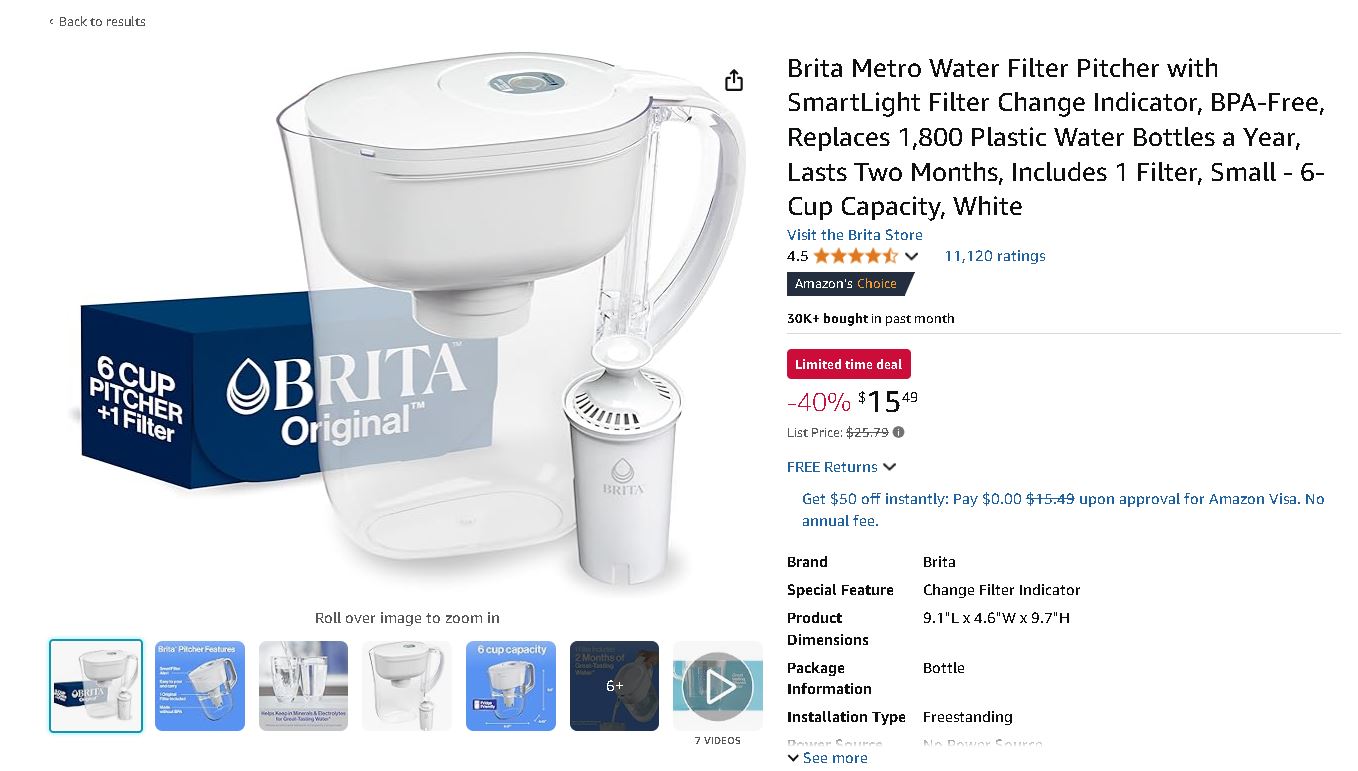
Sponsored
Steps to Protect Yourself
- Test Your Water:
- Home water testing kits or professional testing services can identify contaminants in your tap water.
- Local water utilities are required to provide annual water quality reports (Consumer Confidence Reports) that detail the presence of regulated contaminants.
- Use Water Filters:
- Installing a water filter certified to remove specific contaminants (e.g., lead, PFAS, or bacteria) can significantly improve water safety.
- Options include pitcher filters, faucet-mounted filters, and whole-house filtration systems.
- Advocate for Change:
- Support policies and initiatives that invest in water infrastructure, regulate emerging contaminants, and hold polluters accountable.
- Participate in local water boards or community organizations focused on water quality.
- Stay Informed:
- Keep up-to-date with news and research on water quality issues in your area.
- Educate others about the importance of clean water and how to protect it.
Broader Implications
- Environmental Justice:
- Low-income and marginalized communities are disproportionately affected by water contamination, highlighting the need for equitable solutions.
- Climate Change:
- Rising temperatures and extreme weather events can exacerbate water quality issues by increasing runoff, flooding, and the spread of contaminants.
- Global Impact:
- Water contamination is a global issue, with millions of people lacking access to safe drinking water. Addressing this problem requires international cooperation and investment.
Conclusion
The Scientific American article “What’s Really in Your Water?” serves as a wake-up call about the hidden dangers in our drinking water. While regulatory frameworks and technological solutions exist to address water contamination, much work remains to be done to ensure safe, clean water for all. By staying informed, taking proactive measures, and advocating for systemic change, individuals and communities can protect themselves and contribute to a healthier, more sustainable future.
Prepared by: FR Staff
This report is based on the article published by Scientific American. For more details, refer to the original source.
TheHill.com Just In Unbiased Politics News
- Political winners and losers of 2025by Niall Stanage on December 31, 2025 at 1:51 PM
President Trump’s return to power dominated 2025. He began his second term with rapid moves aimed at shifting the nation’s political culture — and then just kept going. Trump’s approach cleaved the nation on visceral topics like immigration. Unauthorized migration across the southern border slowed to a trickle but Immigration and Customs Enforcement (ICE) raids…
- In defense of Mamdani’s much maligned housing planby Benjamin Upshaw, opinion contributor on December 31, 2025 at 1:30 PM
Zohran Mamdani’s housing plan has been critiqued up, down and across the aisle since it was announced in February. These attacks seemingly come from people who have not read his plan, or do not understand its nuances enough to properly critique it.
- Trump Derangement Syndrome changed definitions in 2025by Jos Joseph, opinion contributor on December 31, 2025 at 1:00 PM
Middle-class and working-class Trump voters are beginning to question their support for the MAGA movement as they face economic hardship and the Trump administration’s policies have not delivered the promised benefits.
- Walz on frozen federal child care payments: ‘This is Trump’s long game’by Max Rego on December 31, 2025 at 12:52 PM
Minnesota Gov. Tim Walz (D) slammed the Trump administration for pausing child care payments to his state amid increased federal scrutiny of alleged fraud within its social services programs. “This is Trump’s long game,” Walz wrote Tuesday in a post on social platform X. We’ve spent years cracking down on fraudsters. It’s a serious issue…
- How the US could lose its Diego Garcia military base to China by Gordon G. Chang, opinion contributor on December 31, 2025 at 12:30 PM
After the loss of Bagram air base in Afghanistan, Diego Garcia is a critical lifeline for the American military in the region.
Featured Articles
Search
Author Details



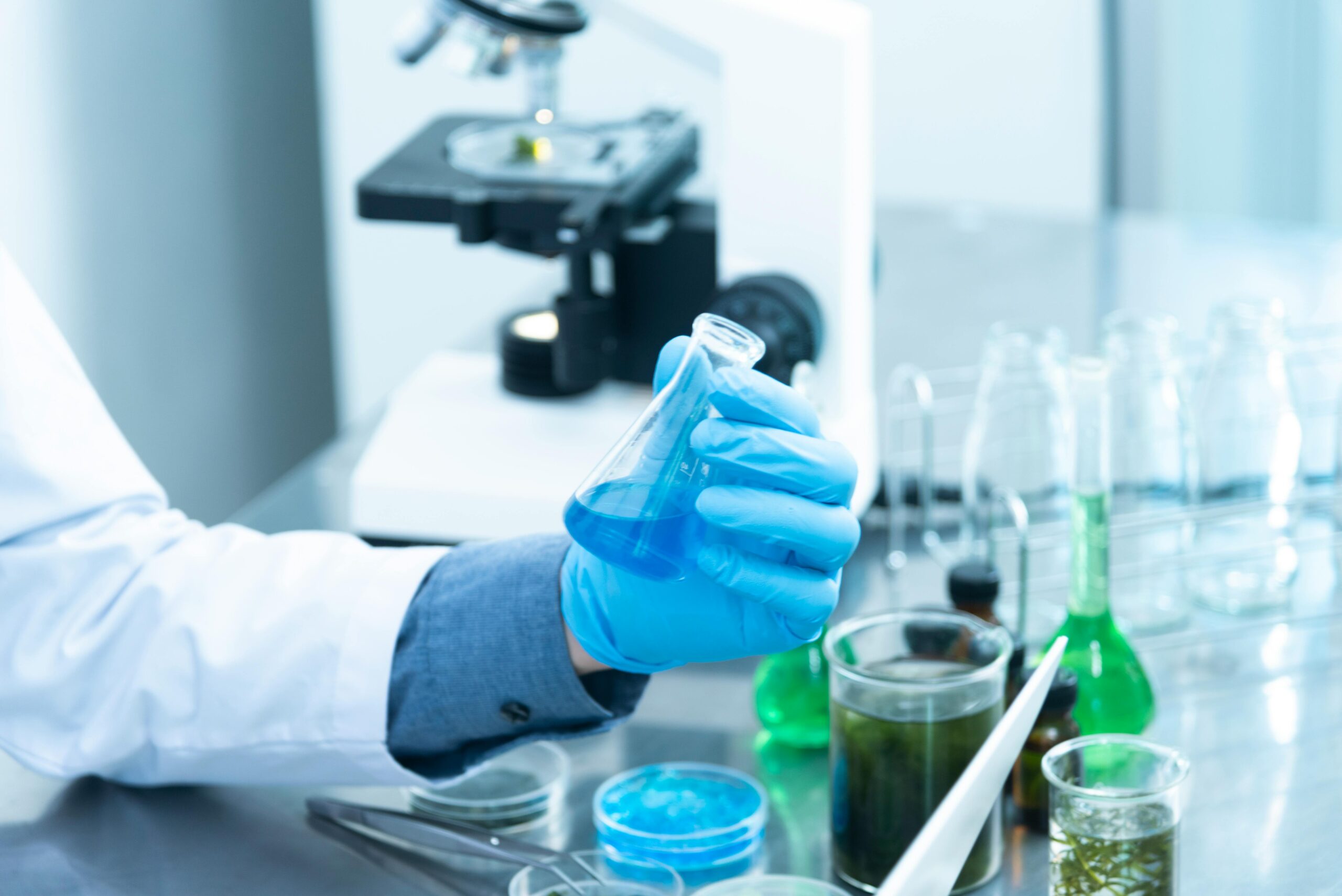
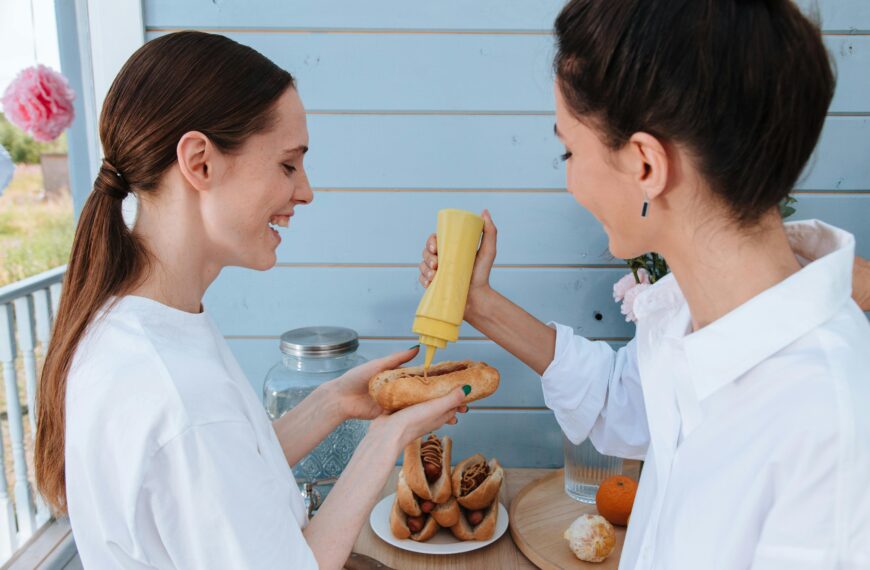

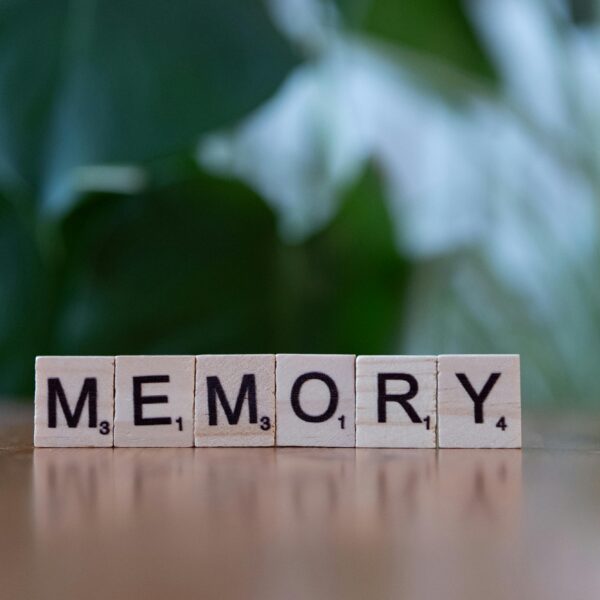
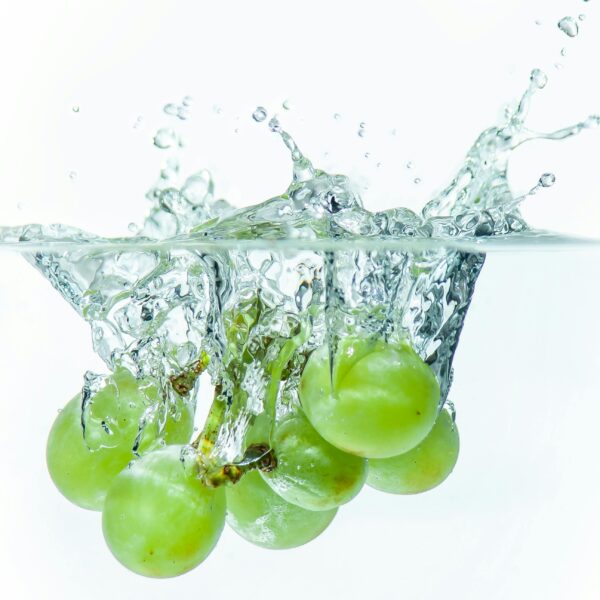







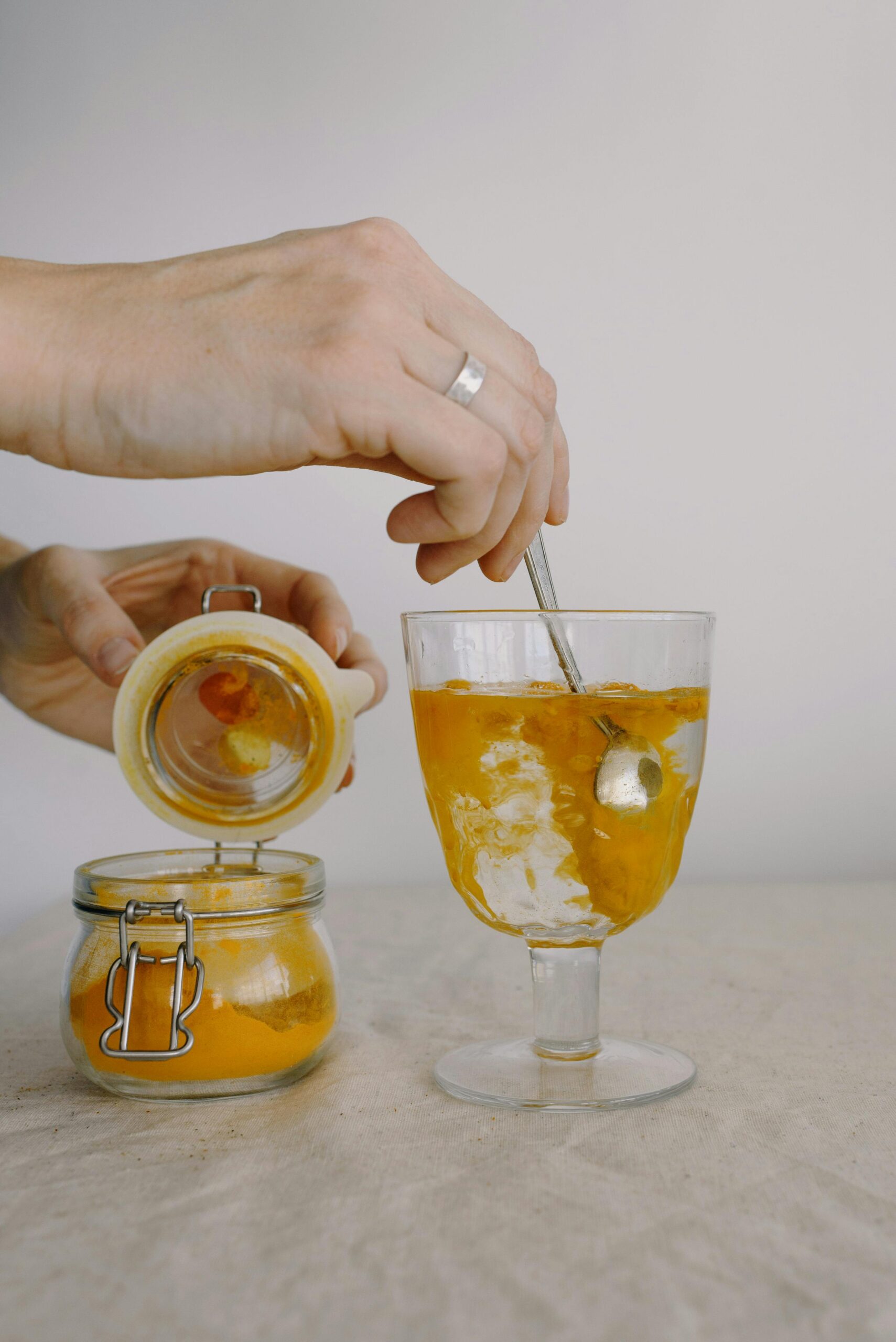



Leave a Reply